An Eel is any member of the taxonomic order Anguilliformes. Researchers recognize about 800 different species in 20 different families across the globe. They come in a wide variety of shapes and sizes, but all have elongated bodies which taper off into a modified tail fin. Read on to learn about the Eel.
Description of the Eel
This type of fish looks quite different from most. Their appearance isn’t just based on the length of their bodies, but also revolves around the composition of their fins. The dorsal fin on the top of the body connects to the tail fin, creating a single ribbon-like appendage.
Despite their similarities in body shape, these creatures vary drastically in size, color, and other details. The smallest species measure just a few inches long. Contrastingly, the largest species reach lengths up to 13 ft. or more!
Interesting Facts About the Eel
With such an immense variety to choose from, you can find a wide variety of different traits and behaviors. Learn more about a few unique species, below.
- Onejaws – The smallest family in this group are the onejaws. These odd creatures have no upper jaw bones and abnormally large mouths. Of the 15 different species, none exceed 7 inches in length.
- Slender Giant Moray – This little-known species is also one of the longest of this group of fish. One specimen, found in Queensland, Australia, measured nearly 13 ft. long!
- European Conger – This species grows to impressive sizes. Reportedly, the largest individuals reach weights of up to 240 lbs. or more. Unlike many other species in this group, these creatures have pectoral fins on either side of their bodies.
- Gulper Eel – The gulper, or pelican Eel, has an obscenely large mouth. Their nickname comes from their resemblance to a pelican’s pouch. You can find this species in the deep sea, typically between 1,600 and 9,800 ft. below the surface.
Habitat of the Eel
The hundreds of different species live in an immense range of habitat types. You can find these creatures from the depths of the ocean to the shallowest rivers. Some species can only live in particular habitats, while other species occupy a variety of different types.
Some of the different habitats that you can find these fish in include rivers, lakes, streams, ponds, coastal regions, estuaries, swamps, marshes, coral reefs, deep water trenches, and many more.
Distribution of the Eel
Each species has its own unique distribution and range. Some species range across vast areas, while others occupy just a tiny region.
Across the globe, you can find members of this group in virtually every watery habitat. Some even range into the frigid waters at the poles. They live in oceans worldwide, and many also live in rivers and freshwater habitats as well.
Diet of the Eel
Though each species is different, most display carnivorous behavior. This means that they eat other animals. Some feed primarily on fish, while others eat crustaceans and hard-shelled organisms. Certain species hunt only a few types of prey, while others eat just about anything that they can snatch up.
Some examples of prey include fish, squid, worms, crabs, shrimp, clams, fish eggs, and more. Many also scavenge for food that has already died.
Eel and Human Interaction
Humans interact with Eels in a number of different fashions, primarily through recreational and commercial fishing. This interaction impacts the various species differently.
Some species have large populations and do not suffer as heavily from human activity. However, some species – such as the Japanese Eel – and endangered and face serious decline from human interaction.
Some of the largest impacts from human activity include habitat destruction and climate change. The eggs and larval form of these fish suffer the most from this type of activity.
Domestication
Humans have not domesticated and of the various species.
Does the Eel Make a Good Pet
Some people do keep some species as pets. However, for the most part these creatures do not make good pets. It is generally difficult to care for them, particularly saltwater species as saltwater tanks are difficult to maintain.
Eel Care
The different species require different types of care. Generally, zoos and aquariums attempt to replicate their natural habitats as much as possible. The aquarists monitor water temperature, pH, salinity, and oxygen very carefully to ensure health.
Feeding also varies based on the species. Most eat diets containing fish, shrimp, squid, crabs, clams, or some other type of seafood.
Behavior of the Eel
All aspects of behavior vary drastically based on the species. Some spend their days foraging for food, while others wait for nightfall to hunt. Many species spend their time along the seafloor, either in mud, rock, sand, or similar hiding places.
Social behavior varies from one species to the next as well. Some live in schools, some school around a specific food source but are not social, and some live entirely solitary lives.
Reproduction of the Eel
Though their reproductive habits and behaviors vary, their lifecycle is the same across the group. The females lay eggs which hatch into flat larvae, known as leptocephali. Generally, the larger the female, the more eggs she produces.
The larvae metamorphose multiple times before they reach their adult forms. The amount of time it takes for the young to reach sexual maturity varies from one species to the next.


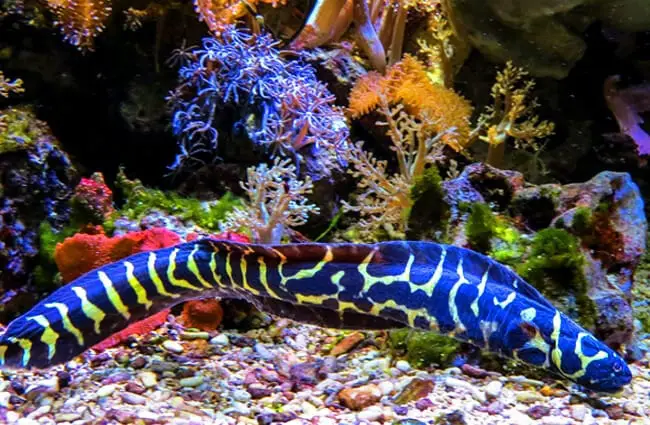
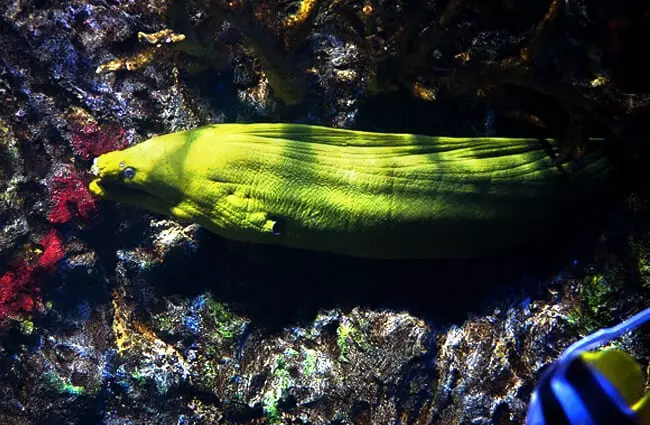
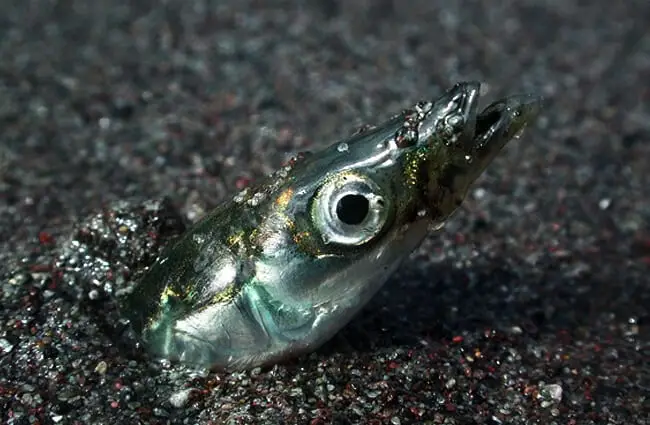
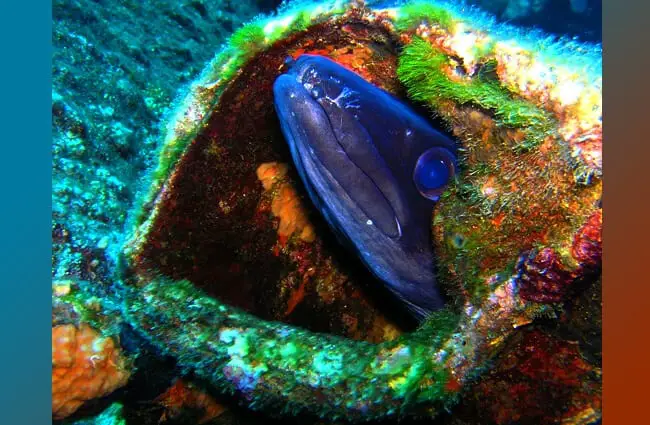

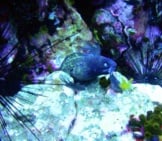


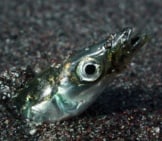
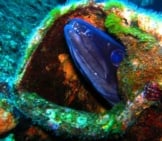
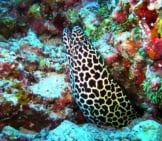
![Red Angus Closeup of a beautiful Red Angus cowPhoto by: U.S. Department of Agriculture [pubic domain]https://creativecommons.org/licenses/by/2.0/](https://animals.net/wp-content/uploads/2020/03/Red-Angus-4-238x178.jpg)


![Red Angus Closeup of a beautiful Red Angus cowPhoto by: U.S. Department of Agriculture [pubic domain]https://creativecommons.org/licenses/by/2.0/](https://animals.net/wp-content/uploads/2020/03/Red-Angus-4-100x75.jpg)

